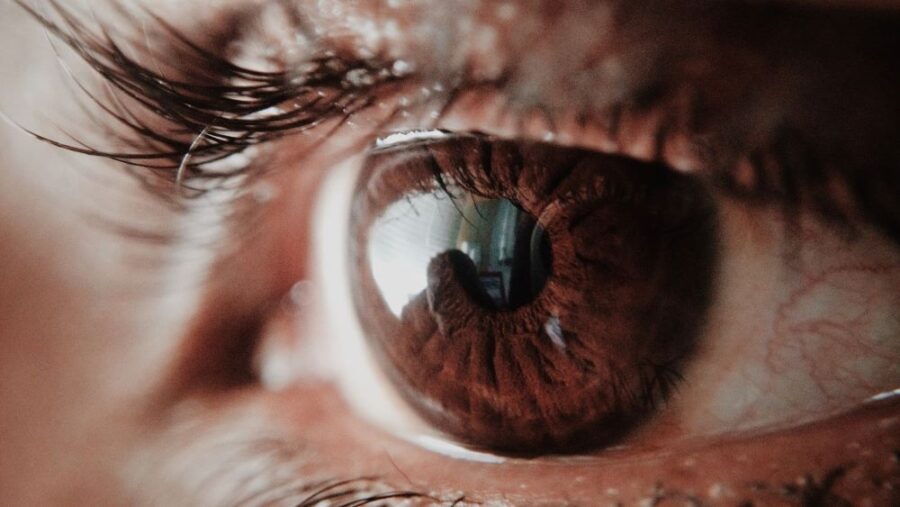First Eye Transplant In History Declared Success

An eye for an eye is now a medical possibility thanks to the world’s first successful eye transplant. Reuters reported recently that Surgeons in New York have performed the first-ever whole-eye transplant in a human. The medical community is already heralding the procedure as a breakthrough despite the fact that the patient has yet to regain their sight.
No Eyesight Yet

There have, however, been other signs that the eye transplant was a success. The grafted eye has displayed many signs of health, such as working blood vessels and a healthy-looking retina that shows a lot of promise. The surgical team at NYU Langone Health observed the progress of the eye in the six months following the transplant.
The eye transplant occurred as part of a larger partial face transplant.
A Monumental Success For The Medical Community

Dr. Eduardo Rodriguez, who led the team of surgeons, stated that the fact that an eye was transplanted at all “is a huge step forward” for the medical community. Rodriguez called the eye transplant “something that for centuries has been thought about, but it’s never been performed.” Indeed, until Rodriguez and his crew performed this procedure, the closest doctors had come to performing an eye transplant successfully had been transplanting a cornea—the clear front lens of the eye.
The Procedure Lasted 21 Hours

Aaron James, a 46-year-old military vet from Arkansas, was the recipient of the eye transplant. James was involved in a work-related incident where high-voltage electricity destroyed the left side of his face, including his nose, his mouth, and, of course, his eye. James’ surgery took 21 hours.
Rodriguez and the other surgeons had initially intended to include the eyeball in James’ face transplant solely for cosmetic reasons. “If some form of vision restoration occurred, it would be wonderful,” Rodriguez told Reuters. The surgeon stressed, though, that the team’s goal was always for the eye transplant to survive just enough to serve a purely decorative purpose. Rodriguez and his team plan to monitor the eye transplant closely in order to observe whatever happens next.
The Eye Hasn’t Yet Sucessfully Connected To Brain Functions

As it stands now, the eye transplant is not communicating with the patient’s brain via the optic nerve. Surgeons have collected adult stem cells from the eye donor’s bone marrow and injected them into James’s optic nerve in an effort to encourage a connection between the donor’s and the recipient’s optic nerves. The stem cells were injected during the procedure with the hope that they might replace any damaged cells and protect the optic nerve.
The successful transplantation of a viable eyeball comes with many new possibilities, even if the restoration of sight doesn’t result from this particular eye transplant. Further research teams are actively working on a way to reconnect nerve networks in the brain to sightless eyes via the insertion of electrodes. This particular example would hopefully restore the patient’s vision. “If we can work with other scientists that are working on other methods of restoring vision or restoring images to the visual cortex, I think we’re one step closer,” said Rodriguez.
As Historic As The Transplant Is, The Recipient May Never Regain His Sight

As for the patient himself, James knew from the get-go that even if the eye transplant was successful, it didn’t necessarily mean that he would regain vision in his left eye. James went ahead with the procedure anyway, hoping it might help Rodriguez and Co. learn something useful that they could then use to perfect the procedure and eventually gain the ability to restore sight via eye transplant.
As far as Rodriguez is concerned, while no one can guarantee that James will ever regain his sight in the transplanted eye, there’s also no guarantee that he won’t. For now, James is content to rock an eyepatch that makes him look a little like Dennis Hopper in Waterworld.












